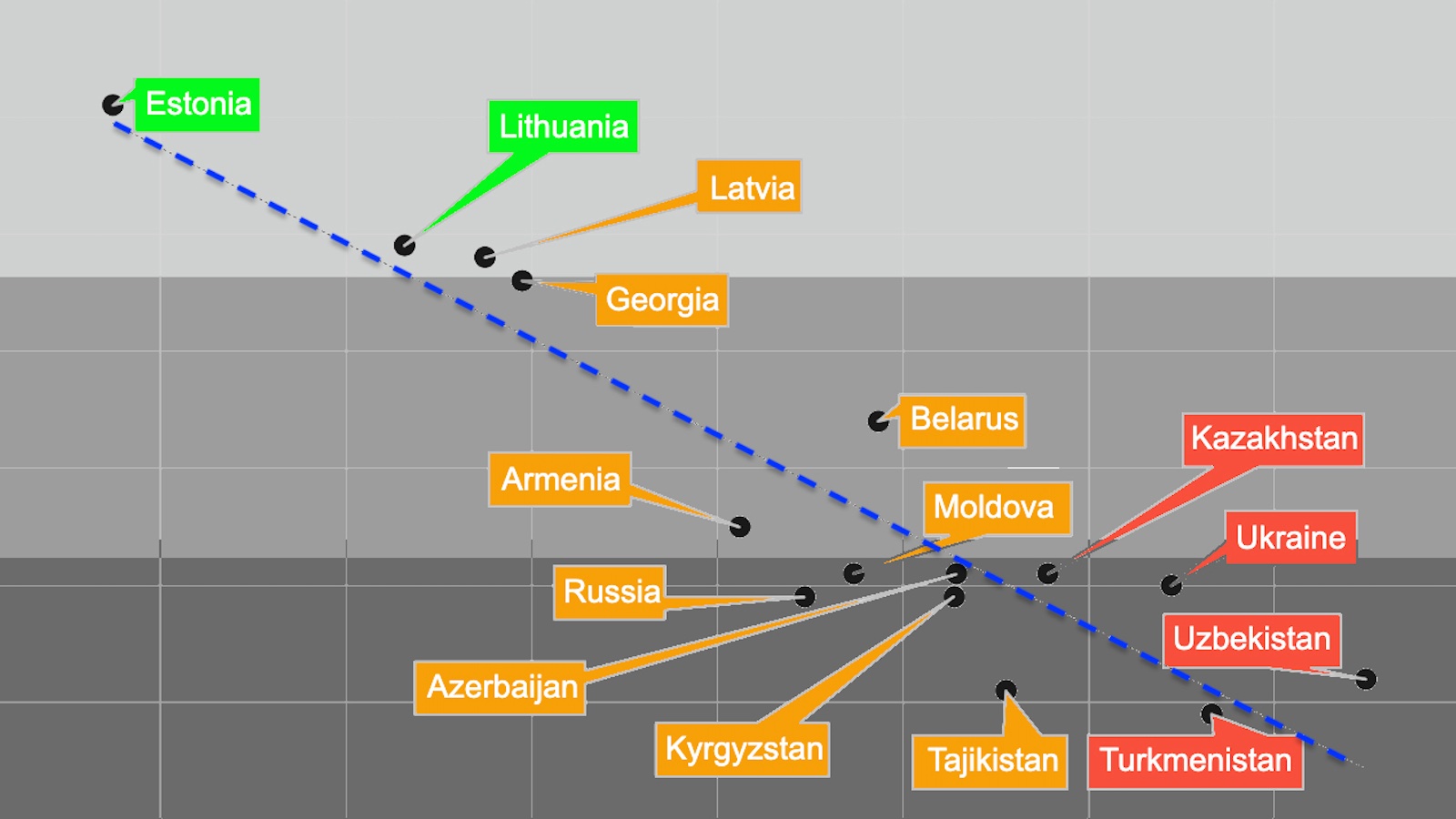The Harvard Business School professor applies the economic terms to the average Americans’ bank account.
Question: Can we disruptively innovate ourselves?
Christensen: Well, there is a way for any individual to do that. I got this insight about seven years ago when I bought stock in a company, and shortly after it, and the price of which I bought kind of by definition was some sort of discounted present value of a consensus future flow of cash in that company. After I bought it, the company made some statements, reported some results, and essentially the market reassessed the growth prospects of the company realizing, guys, these guys are going to get better than we thought faster than we thought, and so the price popped. And then I bought stock at that new price and the company then executed on that newly foreseen growth trajectory and the stock price didn’t move, because that new growth trajectory already was discounted into this higher price. So, it helped me see that the only way a company can have its share price continually outperform the market is if they keep surprising the market on the upside, oh my gosh, there’s even more growth here than we thought, hey everybody, come and look, there’s even more growth here that we thought. It’s the only way a company stock can outperform the market is through upside surprises. And then I realized that just as the established companies systematically underestimate how big disruptive companies will become, Wall Street’s method of financial analysis systematically undervalue disruptive companies and how big they will become. And so as disruptive companies although the ones that keep surprising the market on the upside, oh my gosh, there’s even more growth here than we thought. And so my son and I just were not wealthy people but we just decided that we will invest our family’s assets with an idiot, simple algorithm that is if disruptive, buy; when they hit the high end of the market, sell. And over the subsequent six years, that portfolio generated a compound of annual return of 36% with no leverage, no hedging, no shorting, just if disruptive, buy; when it hits the high end of the market, sell. And that’s something that really anybody with just average income like me can actually profit quite handsomely by.





